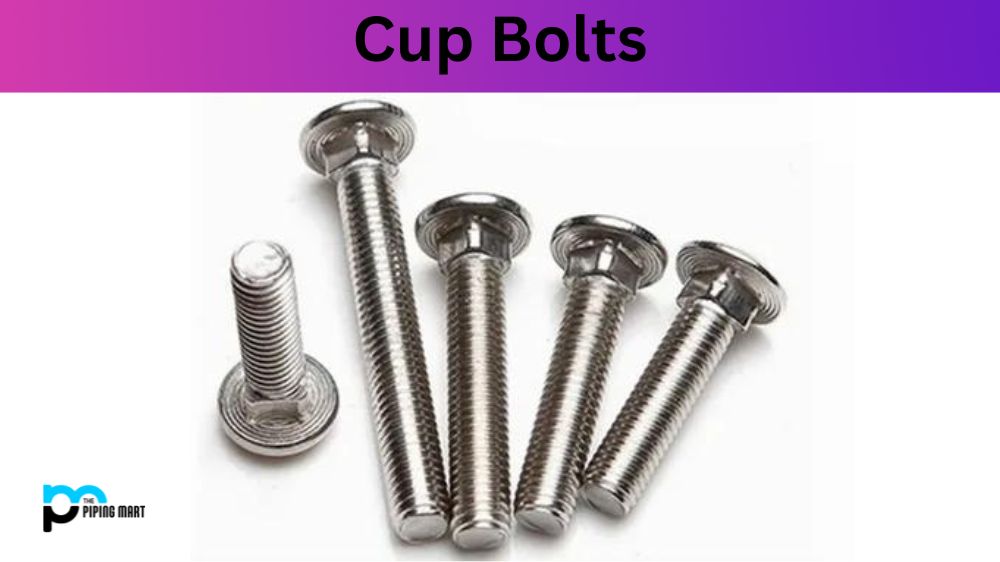A sledgehammer is a powerful hand tool known for its versatility in various construction, demolition, and landscaping tasks. With its long handle and heavy metal head, it provides the force needed to break down walls, drive stakes, and perform heavy-duty jobs efficiently. Whether you are a professional contractor or a DIY enthusiast, understanding the uses, types, and safety precautions of a sledgehammer is crucial. This article covers essential information about sledgehammers, including their various applications, types, maintenance tips, and their relationship with geocell installation.
What is a Sledgehammer and What Are Its Common Uses?
A sledgehammer is a large, heavy-duty hammer that features a long handle and a hefty head, typically made of steel. The extended handle allows for a two-handed grip, which provides the leverage needed to deliver powerful blows. Sledgehammers are commonly used in construction, demolition, and landscaping for:
- Breaking Concrete and Masonry: Ideal for demolishing walls, driveways, and other concrete or brick structures.
- Driving Stakes and Posts: Effective for driving metal or wooden stakes deep into the ground for fencing or construction purposes.
- Breaking Apart Large Rocks: Useful in landscaping to break down large rocks into smaller, manageable pieces.
- Compact Soil in Geocell Installations: In construction, sledgehammers are used for compacting soil within geocell systems, which help in stabilizing slopes and preventing soil erosion.

What Are the Different Types of Sledgehammers Available?
Sledgehammers come in various sizes and weights, each suited for specific tasks. The main types of sledgehammers are:
- Lightweight Sledgehammers: Weighing between 3 to 6 pounds, these are used for light demolition tasks, such as breaking tiles or plaster. They are easier to control and are often used in tight spaces.
- Medium-Weight Sledgehammers: Weighing between 8 to 10 pounds, these are more versatile and commonly used for breaking concrete or driving stakes.
- Heavyweight Sledgehammers: Weighing between 12 to 20 pounds, these are designed for heavy-duty tasks like breaking large concrete slabs or rocks. They require significant strength to handle but deliver powerful impact.
- Dead Blow Sledgehammers: These are designed to minimize rebound and absorb shock, making them ideal for tasks requiring precision and control, such as installing geocells.
What Safety Precautions Should Be Taken When Using a Sledgehammer?
Using a sledgehammer requires proper technique and safety measures to prevent injuries. Here are essential safety tips to keep in mind:
- Wear Protective Gear: Always wear safety goggles, gloves, and steel-toed boots to protect yourself from flying debris and accidental slips.
- Inspect the Sledgehammer Before Use: Check the handle and head for any cracks or damages to avoid accidents during use.
- Maintain Proper Posture: Stand with your feet shoulder-width apart, knees slightly bent, and swing the sledgehammer in a controlled manner. Avoid overreaching or swinging with excessive force, as it may lead to loss of balance.
- Clear the Work Area: Ensure that the work area is free from obstacles and that no one is within the striking distance of the sledgehammer.
- Use Both Hands for Control: A two-handed grip allows for better control and precision when swinging the sledgehammer, reducing the risk of injury.
How to Maintain a Sledgehammer for Longevity?
Proper maintenance of a sledgehammer can extend its lifespan and ensure safe use. Here are some maintenance tips:
- Clean After Each Use: Remove dirt, dust, and debris from the head and handle after each use to prevent rust and wear.
- Check for Wear and Tear: Regularly inspect the handle for cracks or splinters and the head for any signs of damage. Replace damaged parts immediately.
- Sharpen the Head if Needed: If the head of the sledgehammer is chipped or worn, sharpen it with a file to maintain its effectiveness, especially for precision tasks like geocell installations.
- Store Properly: Store the sledgehammer in a dry place away from moisture to prevent rusting. Hang it on a wall rack or store it in a toolbox to keep it in good condition.
A sledgehammer is an essential tool for various construction, demolition, and landscaping tasks, offering versatility and power. Understanding the different types, proper usage techniques, and safety precautions can help users maximize the effectiveness of a sledgehammer. Additionally, its role in compacting soil during geocell installations highlights its significance in modern construction practices. Proper maintenance ensures that a sledgehammer remains a reliable tool for years to come, making it a valuable addition to any toolkit.
Tags: maul vs sledgehammer, sledgehammer games 2017, sledgehammer tv show youtube, tire sledgehammer workout, wagner group sledgehammer full video